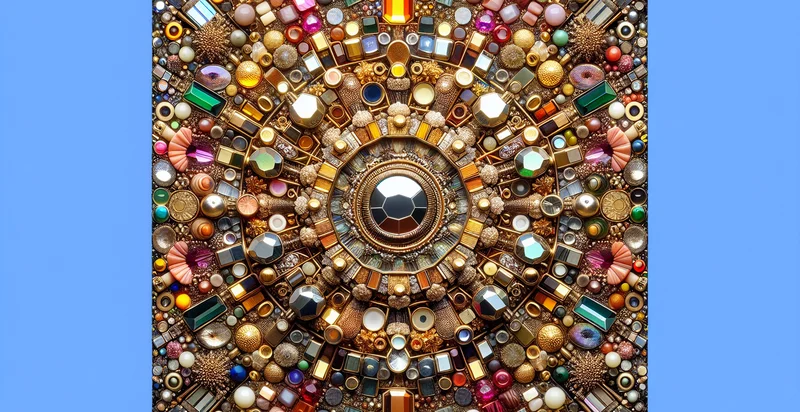Identify what material a parasol is made from
using AI
Below is a free classifier to identify what material a parasol is made from. Just upload your image, and our AI will predict what material a parasol is made from - in just seconds.

Contact us for API access
Or, use Nyckel to build highly-accurate custom classifiers in just minutes. No PhD required.
Get started
import nyckel
credentials = nyckel.Credentials("YOUR_CLIENT_ID", "YOUR_CLIENT_SECRET")
nyckel.invoke("what-material-a-parasol-is-made-from", "your_image_url", credentials)
fetch('https://www.nyckel.com/v1/functions/what-material-a-parasol-is-made-from/invoke', {
method: 'POST',
headers: {
'Authorization': 'Bearer ' + 'YOUR_BEARER_TOKEN',
'Content-Type': 'application/json',
},
body: JSON.stringify(
{"data": "your_image_url"}
)
})
.then(response => response.json())
.then(data => console.log(data));
curl -X POST \
-H "Content-Type: application/json" \
-H "Authorization: Bearer YOUR_BEARER_TOKEN" \
-d '{"data": "your_image_url"}' \
https://www.nyckel.com/v1/functions/what-material-a-parasol-is-made-from/invoke
How this classifier works
To start, upload your image. Our AI tool will then predict what material a parasol is made from.
This pretrained image model uses a Nyckel-created dataset and has 15 labels, including Acrylic, Bamboo, Canvas, Cotton, Leather, Metal, Nylon, Paper, Plastic and Polyester.
We'll also show a confidence score (the higher the number, the more confident the AI model is around what material a parasol is made from).
Whether you're just curious or building what material a parasol is made from detection into your application, we hope our classifier proves helpful.
Related Classifiers
Need to identify what material a parasol is made from at scale?
Get API or Zapier access to this classifier for free. It's perfect for:
- Quality Control in Manufacturing: This use case involves utilizing the false image classification function to automatically identify parasol materials during the manufacturing process. By ensuring that the correct materials are used, manufacturers can maintain product quality and consistency, minimizing defects and improving customer satisfaction.
- Retail Inventory Management: Retailers can implement this function to track and manage parasol inventory more effectively. By classifying the materials of parasols in stock, retailers can streamline their inventory, optimize product displays, and enhance sales through targeted marketing campaigns.
- Eco-Friendly Product Sourcing: Companies focused on sustainability can use the classification function to verify the materials of parasols for eco-friendliness. This capability allows businesses to ensure that their products align with environmental standards and meet the growing consumer demand for sustainable options.
- Customization and Personalization: Businesses offering customizable parasols can leverage this function to ensure that the correct material is used for each customer’s specific request. By accurately identifying materials, companies can enhance customer satisfaction and create unique offerings tailored to individual preferences.
- Insurance Claims Processing: Insurance companies can integrate this classification function to assess the materials involved in parasol-related claims. This use case can assist in determining the value and validity of claims, ultimately resulting in more efficient and accurate claims processing.
- Market Research and Reporting: Researchers can utilize the false image classification function to collect data on the types of materials used in parasols across different brands and markets. This insight can guide market trends analysis, competitive assessment, and product development strategies.
- Augmented Reality (AR) Applications: AR developers can incorporate this classification function to enhance user experiences in applications that allow users to visualize parasol options in real-time. By accurately identifying materials, users can make more informed decisions about style and durability when customizing their AR experience.


